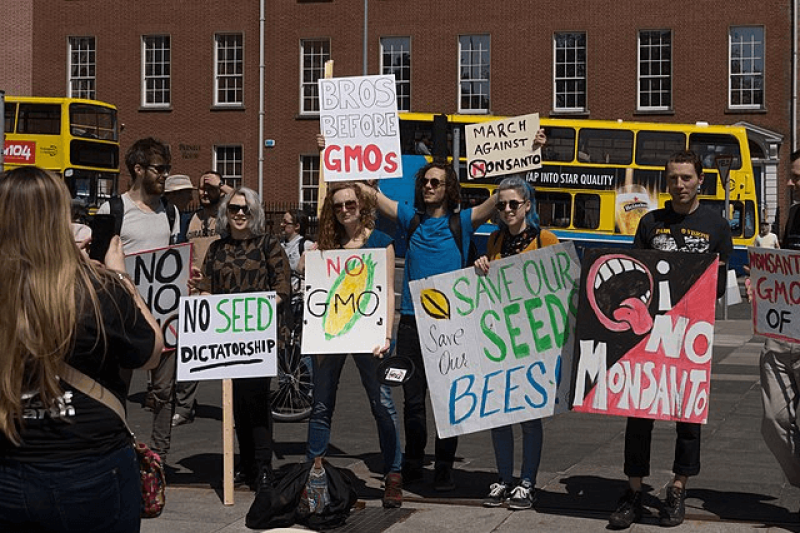The European Union countries are the biggest importer of GM-maize and GM-soybean feed (more than 30 million tons per year); the EU animal industry is dependent on this massive import.
…
If the anti GM propoganda is true than all animal products from EU countries are contaminted by deadly toxins from GM feed. Why are the Anti GMO groups calling for a total boycott of these products if they have sense of honesty? The logic dictates that.
Of course, European politicians and the NGOs who support them know very well that their stand on GM is only an economic and psychological war for protecting their traditional markets; their stand is entirely anti-science and does not make sense at all.
And it is completely at odds with the conclusions of the scientific bodies, such as [European Food Safety Agency, or] EFSA, that they have set up to advise them on such matters. In the intense agricultural trade war that has been going on for decades, Europeans have to protect their traditional markets against powerful rivals.
This is what it boils down to. And Europeans are not anti GM technology: a large proportion of the new medical drugs (25 per cent) approved in the EU is produced from GMO animals, microbes or plants (Paalberg, 2008). But, where in all this are the interests of the African farmers who are struggling to feed their families?
[Editor’s note: This is part four of a series. Read part one, part two, part three, and part five here.]































